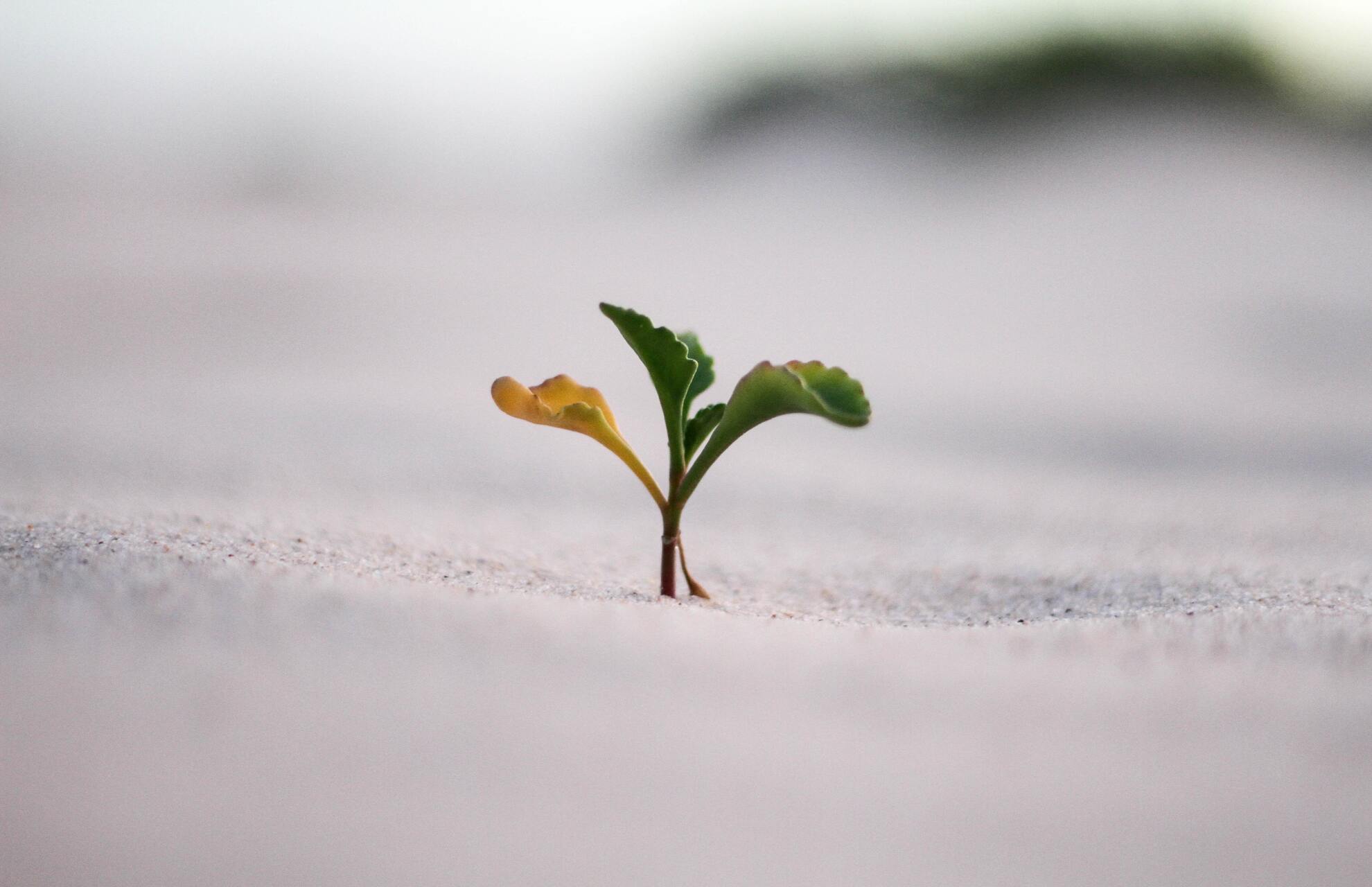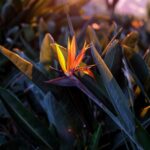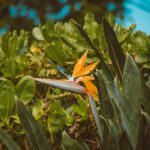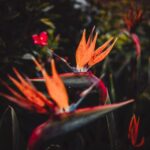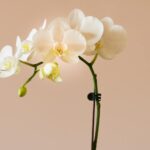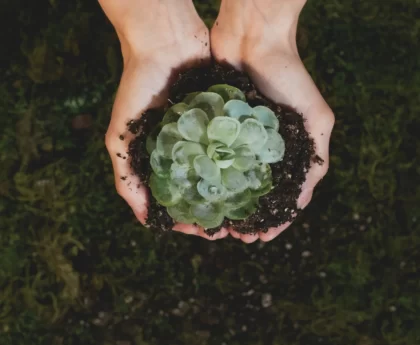Everyone adores the five Strelitzia species collectively known as the beautiful Bird of Paradise because of its tall foliage and stunning blooms. It is a common practice that doesn’t call for any special knowledge or equipment but could be useful if the fear of winter survival becomes real. In this article, we will introduce 4 easy steps for you to grow the bird of paradise from seed.
Where Are The Seeds On A Bird Of Paradise
You’ll require a plant with some blooms in order to locate the seeds on a Bird of Paradise. Since the seeds are kept inside the flower, a Strelitzia that isn’t yet flowering won’t have any seeds.
You’ll find a number of tiny seed pods inside the flower, each containing black seeds with orange fuzz tufts on them. The seeds have a shape similar to a larger, rounder watermelon seed.
Though it is advised to harvest the seeds while the flower is still fresh, they are a little bit easier to access if the flower has had a chance to dry out. Thoughts on that should not be excessive.
Because each seed has a hard casing to protect it, after the seeds have been harvested, they must go through a brief pre-germination process to get them ready for planting.
Bird Of Paradise Seedling
Secure Seeds
Birds of paradise plants in their native South Africa. Although the common yellowthroat warbler occasionally serves that purpose for the common bird of paradise in the United States, it may be necessary to manually pollinate your bird of paradise’s flowers if you want the flowers to set seed. Additionally, seeds can be bought.
Pick a flower and split its two blue petals, which fuse together over structures called anthers, to start the hand-pollination process.
With an artist’s brush and the white pollen from those anthers, one flower’s stigma can be “painted” with another. The white tip that sticks out from the blue petals is known as the stigma.
If the pollination is successful, a seed capsule will develop and take five months to mature. About 60 to 80 seeds should be inside the capsule when it finally turns brown and cracks open.
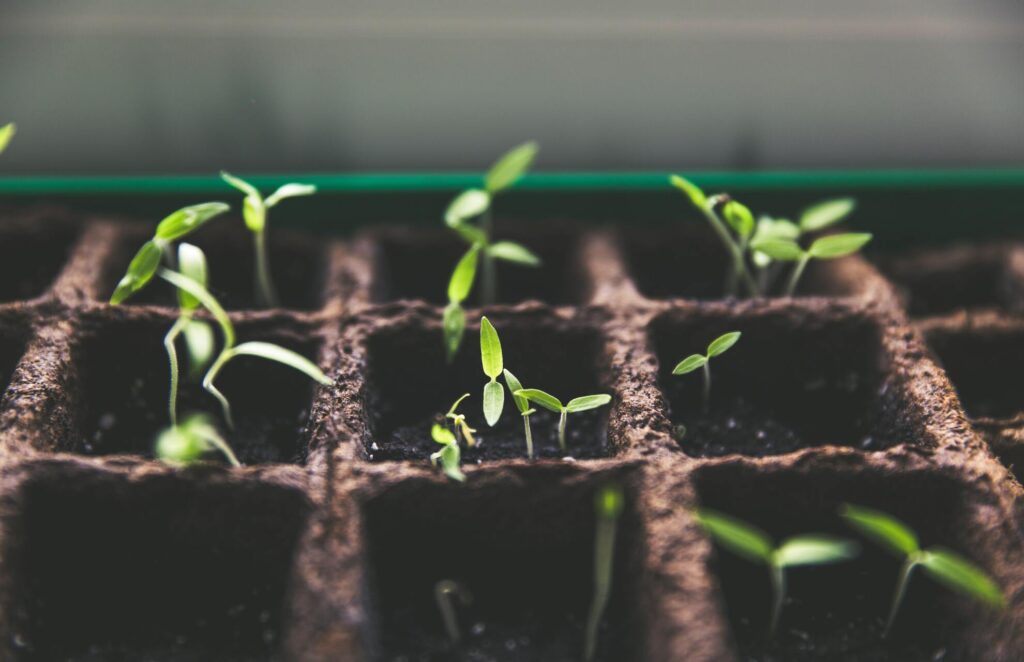
Pretreat Seed Shells
Before planting the seeds in March or April, remove their orange, hairy tufts, or arils, and chill them for two weeks at 40 to 45 degrees Fahrenheit in a plastic bag with a small handful of the moist seed-starting mix.
If at all possible, plant new seeds right away before their dark outer shells harden. Pretreating seeds will hasten germination if you plan to plant hard-shelled seeds that you have purchased or harvested.
Seeds with tough shells should be soaked in lukewarm water for 24 to 48 hours after being taken out of the refrigerator to soften them. Then, using a file or the tip of a utility knife, scratch each seed’s side until the darker color can be seen through the seed’s black coat or shell.
Sow Seeds
When it’s time to plant the seeds, fill a plant pot with drainage holes in the bottom to within an inch of the rim with a damp mixture made up of one part seed-starting mix and one part sand. Place the seeds 1 inch apart on the mixture’s surface, and then add another 1/2 to 1 inch of mixture on top of that.
To preserve the moisture in the mixture, wrap the pot in a zipper-type plastic bag. Then, place it somewhere with a temperature around 77 degrees Fahrenheit. The majority of the seeds should begin to sprout within one to two months, and the remaining one-third should do so within a year.
Support Seedlings
Once the seeds have started to sprout, take the pot out of the bag and set it on a windowsill or under a grow light where it receives only partial direct sunlight each day.
A plant food, such as an organic 2-4-2 fertilizer that has been diluted to half strength by mixing 2 tablespoons of it with 1 gallon of water, should be fed to the seedlings once every two weeks during the first month instead of watering them regularly.
Apply the fertilizer at the same intervals after the first month, increasing the dosage to 4 tablespoons per gallon of water.
Transfer the seedlings into individual seedling pots filled with a mixture consisting of one part organic potting soil, one part peat moss, and one part sand once they have four to five leaves on each.
When the plants are at least two to three months old and you intend to grow them outdoors in partial sunlight, you can transplant them into the ground.
When relocating the seedlings outdoors, start by placing them in shade and gradually moving them to a location with more sunlight.
When they are completely accustomed to outdoor conditions, plant them in rich, well-drained soil in a location that receives full or partial sun, spacing them about 6 feet apart from one another, and thoroughly watering their soil.
From spring through autumn, fertilize the seedlings of birds of paradise once every two weeks; however, in the winter, fertilize only once per month. During the growing season, keep the soil moist; in the winter, let it dry out a little between waterings.
How Long Do The Bird Of Paradise Seeds Germinate
The time it takes for a Bird of Paradise seed to germinate varies. Sprouts will likely appear in eight weeks, which is the shortest possible time. But this is only a generous guess.
Seeds from the strelitzia plant grow very slowly. It is much more likely that you’ll see beginning sprouts after eight weeks unless they are given absolutely ideal conditions.
The seeds’ chances of germinating within the first eight weeks may be improved by presoaking them in water which is 142°F for 30 minutes. This data is from a single study, so it might or might not apply to you.
According to anecdotal evidence, the experiment’s researchers discovered that using hot water reduced the possibility that the plant would become contaminated with mold or mildew while it was still in the germination stage.
What Is The Best Time To Plant Bird Of Paradise Seeds
The beginning of fall is the ideal time to sow Bird of Paradise seeds. The likelihood that the seeds will sprout and germinate isn’t necessarily affected by this, but it does make later transplanting of seedlings simpler.
It’s crucial to keep in mind that your Birds of Paradise seeds must meet certain requirements, regardless of what time of year you decide to plant them.
No matter when you plant your seeds, failure to provide the right environment will prevent them from growing. They can grow all winter long by being planted in the fall. After that, you can move them in the spring, either to a bigger pot or outside.

